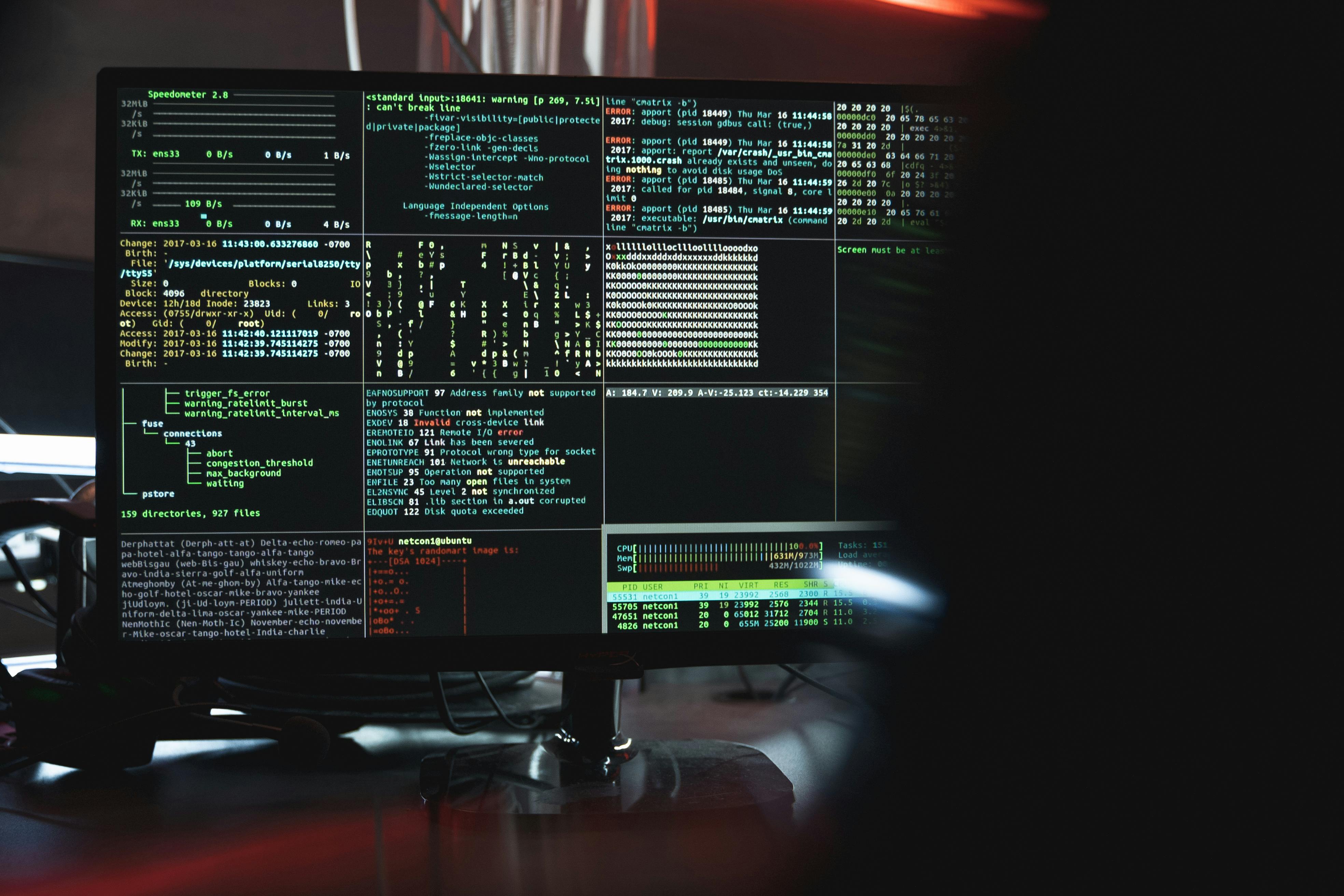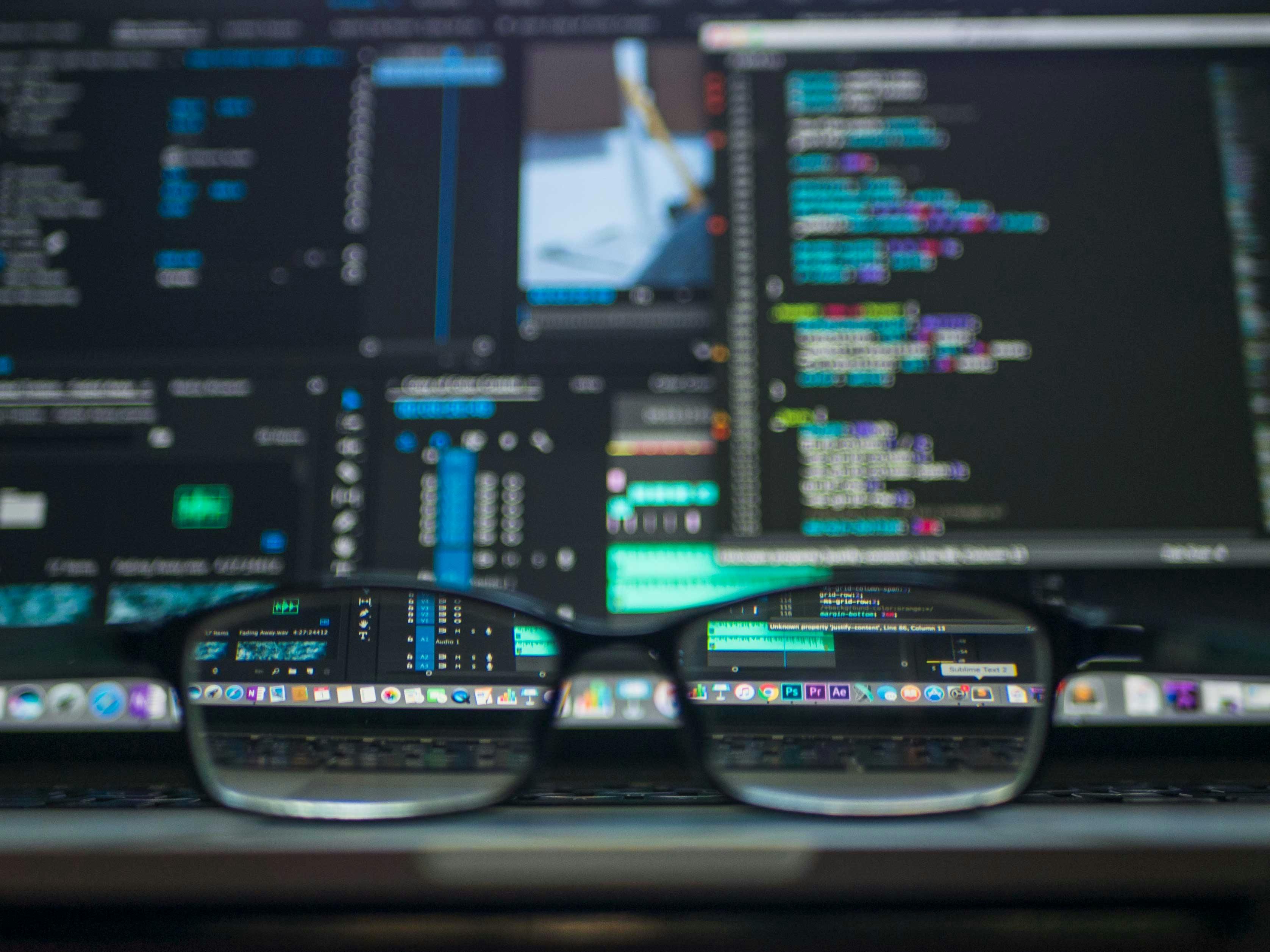
Five Key Cybersecurity Trends in 2025 and Beyond
February 27, 2025
Five Cybersecurity Trends Shaping the Future
2025 is off to the races and it's a perfect time for both public and private organizations to reflect on their cybersecurity objectives, evaluate their progress, and prepare for what the future holds. Here are five emerging trends that are revolutionizing how we enhance our security programs to combat cyber threats:
The Role of AI in Combating Cybercrime
Artificial Intelligence (AI) is becoming a crucial ally in the battle against cybercrime due to its ability to analyze large datasets, identify patterns, and detect potential threats. AI is proficient at recognizing suspicious activities and anomalies within systems and networks. It also automates tedious cybersecurity tasks, allowing security teams to focus on critical aspects of their work.
However, while the cybersecurity sector leverages AI to thwart bad actors, cybercriminals also exploit AI to amplify the speed and sophistication of their attacks. Phishing schemes have become more advanced, and deepfakes—AI-generated fraudulent images, sounds, and videos—are increasingly used to deceive and manipulate. AI's adaptability makes it a powerful tool in social engineering attacks, which trick individuals into divulging sensitive information or compromising security. Consequently, cybercriminals can appear more legitimate, increasing the likelihood of successful attacks.
Ubiquity of Cyber Threats
Our growing dependence on smartphones, apps, social media, and messaging services heightens the risk of cyber threats. The shift to remote work has expanded the attack surface, rendering traditional perimeter security inadequate for today's interconnected landscape. From social media interactions to job updates on LinkedIn, our online presence offers numerous entry points for cybercriminals.
A single click on a seemingly harmless link in WhatsApp can expose personal information and jeopardize organizational data. Oversharing on social platforms can inadvertently put both individuals and employers at risk. Shadow IT, referring to unauthorized devices and systems connected to workplace networks, and Shadow AI, the unsanctioned use of AI tools, further complicate security efforts. Organizations must continuously detect and manage these threats to safeguard data confidentiality.

Targeting Critical Infrastructure and Homes
Industrial cybersecurity breaches can lead to disruptions in critical infrastructure such as power stations, water-treatment plants, and dams. As operational technology (OT) systems become targets, industries must be prepared to respond to and recover from such incidents effectively.
Geopolitical tensions contribute to the growing OT cyber threat, pressuring industries to integrate robust cybersecurity measures into their operations. Cyber-attacks on critical infrastructure have far-reaching implications, necessitating vigilant defense strategies.
Impact of Global Events on Cyber Threats
In times of crisis, cyber-attacks surge as threat actors exploit vulnerabilities for financial, political, or other gains. Sensitive data, client information, source code, and other critical assets may fall into the hands of malicious actors, including state-sponsored adversaries.
Attacks on supply chains have emerged as a primary vector for large-scale data breaches, affecting the entire technology landscape that relies on a shared responsibility model. Organizations must stay vigilant and proactive to mitigate these threats.
AI as a Force Multiplier
The escalating complexity of cyber threats demands skilled cybersecurity professionals. The global cybersecurity skills gap leaves many organizations vulnerable. Companies must broaden their candidate pool, bringing in junior candidates and providing on-the-job training to develop their skills.
AI and machine learning can enhance the capabilities of smaller security teams, helping them combat the latest malware strains. AI supports overburdened security analysts, identity management professionals, and incident responders by automating routine tasks, allowing them to focus on high-value activities.
Related Articles




